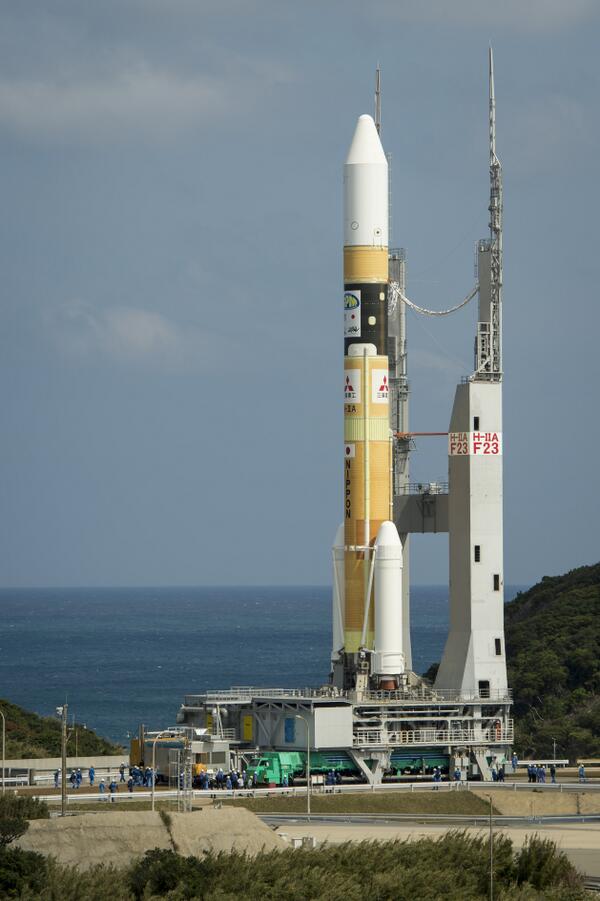From http://www.sciencedaily.com/releases/2014/02/140225101737.htm
Water detected in a planet outside our solar system
Date:
February 25, 2014
Source:
Penn State
Summary:
Water
has been detected in the atmosphere of a planet outside our solar
system with a new technique that could help researchers to learn how
many planets with water, like Earth, exist throughout the universe. The
team of scientists that made the discovery detected the water in the
atmosphere of a planet as massive as Jupiter that is orbiting the nearby
star tau Boötis.
Chad Bender, a research associate in the Penn State Department of
Astronomy and Astrophysics and a co-author of the paper, said "Planets
like tau Boötes b, which are as massive as Jupiter but much hotter, do
not exist in our solar system. Our detection of water in the atmosphere
of tau Boötes b is important because it helps us understand how these
exotic hot-Jupiter planets form and evolve. It also demonstrates the
effectiveness of our new technique, which detects the infrared radiation
in the atmospheres of these planets."
Scientists previously had
detected water vapor on a handful of other planets, using a technique
that works only if a planet has an orbit that passes it in front of its
star, when viewed from Earth. Scientists also were able to use another
imaging technique that works only if the planet is sufficiently far away
from its host star. However, significant portions of the population of
extrasolar planets do not fit either of these criteria, and there had
not been a way to discover information about the atmospheres of these
planets
 |
An artist's conception of a hot-Jupiter extrasolar planet orbiting a star similar to tau Boötes.
Credit: David Aguilar, Harvard-Smithsonian Center for Astrophysics
|








